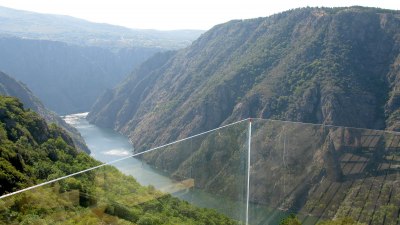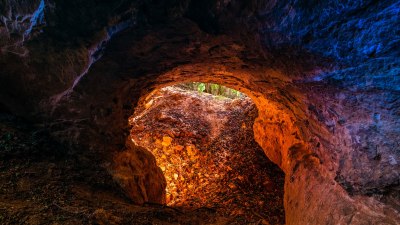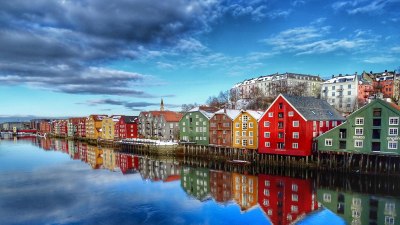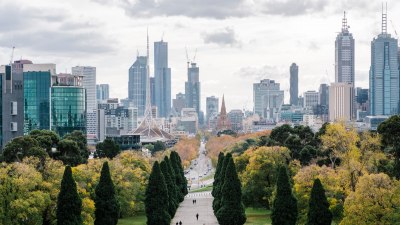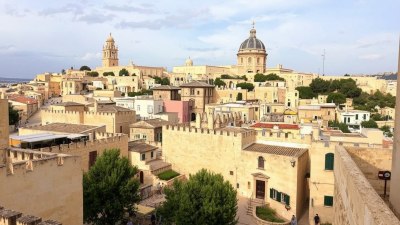Ash and Memory in Antigua, Guatemala
Explore the rich history and cultural significance of Antigua, Guatemala, where ash meets memory in stunning landscapes.
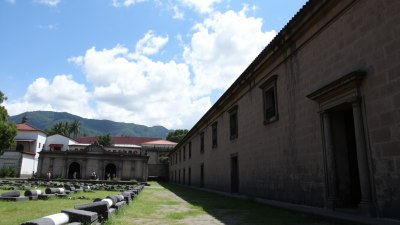
Image created with Flux Schnell
Antigua, Guatemala, a UNESCO World Heritage Site, offers a compelling blend of history, culture, and natural beauty that captivates visitors from around the globe. Nestled in a valley surrounded by volcanoes, Antigua is famous for its well-preserved Spanish Baroque architecture and its vibrant cultural life. The role of ash—from the volcanic activity of its surroundings to the remnants of its colonial past—shapes the memory of this historic city.
The city's foundation dates back to the early 16th century when it was established by Spanish colonizers. Originally named Santiago de los Caballeros, Antigua served as the capital of Guatemala until a series of earthquakes in the 18th century led to its decline. The earthquakes, particularly the devastating one in 1773, laid waste to many buildings, leaving behind both literal ash and metaphorical memories. Today, the ruins of churches and palaces stand as reminders of the city’s turbulent past, serving as both a tourist attraction and a site of reflection.
Historical Significance
Antigua’s historical significance cannot be understated. The city was an important political, religious, and economic center during the colonial period. It was home to numerous monasteries, churches, and convents that were not only places of worship but also hubs of education and culture. The remnants of these structures tell stories of the past, echoing the trials and triumphs of the people who lived there. Ash, in this context, signifies both destruction and rebirth; the city has continually rebuilt itself, merging its historical roots with contemporary culture.
The ruins of the Cathedral of San José exemplify this theme. Built in 1541, the cathedral has undergone various restorations since the earthquakes ravaged it. The crumbling walls are adorned with intricate baroque designs, creating a striking contrast between decay and beauty. This cathedral is a living testament to the resilience of Antigua's spirit, where ash has become a part of its memory.
Cultural Heritage and Art
Beyond its architectural wonders, Antigua is rich in cultural heritage. The city is known for its vibrant arts scene, encompassing everything from traditional textile weaving to modern street art. Local artisans take pride in creating handcrafted goods, ensuring that skills passed down through generations remain alive. These crafts often incorporate symbols and designs that reflect the indigenous heritage of the region, creating a connection between the past and present.
Festivals in Antigua showcase the city’s cultural vibrancy, blending indigenous customs with colonial influences. The Semana Santa (Holy Week) celebrations are particularly famous, where colorful processions fill the streets, and elaborate alfombras (carpets made of colored sawdust and flowers) are laid down in preparation for the religious observances. The ash used in these carpets serves as a powerful reminder of the city’s volcanic landscape and the ashes of its historical events.
Colonial Architecture
Walking through the cobblestone streets of Antigua, visitors are often struck by the stunning colonial architecture that defines the city’s skyline. Many buildings are painted in vibrant colors, reflecting the natural hues of the surrounding landscape. The interplay of ash grey from the volcanic stone and the bright colors of the buildings creates a unique aesthetic that captures the heart of Antigua.
The iconic Santa Catalina Arch is one of Antigua's most photographed landmarks, symbolizing the city’s colonial past. Originally built in the 17th century to connect a convent to a school, the arch stands as a stunning example of baroque architecture. Its yellow façade and the surrounding volcanic mountains create a picturesque scene, blending nature with human craftsmanship. This arch, like many structures in Antigua, demonstrates how the ash from volcanic eruptions has been repurposed into materials for construction, making the landscape a part of the urban fabric.
Natural Wonders
Antigua is flanked by three majestic volcanoes: Agua, Fuego, and Acatenango. These natural giants not only provide breathtaking views but also influence the city’s climate and soil, contributing to the cultivation of coffee and other crops. The presence of these volcanoes is a constant reminder of the power of nature; ash from eruptions enriches the soil while also shaping the geography and, consequently, the memories of the local communities.
Volcano Fuego is particularly active, frequently reminding residents of its presence with ash clouds and eruptions. This volcanic activity plays a dual role; it is both a source of fear and a symbol of life, emphasizing the connection between the people of Antigua and their environment. Adventure seekers often hike to the summit of these volcanoes for breathtaking views of the valley, providing a unique perspective of how ash and memory coexist in this remarkable landscape.
Rediscovery of Memory
In Antigua, memory and ash intertwine at every level—from the structural remnants of colonial history to the natural landscape that surrounds the city. The ashes of the past are not simply remnants of destruction but serve as a canvas for new stories and experiences. As the city continues to evolve, it embraces both its legacy and its future.
Local initiatives aimed at preserving Antigua's cultural heritage are vital to this rediscovery of memory. Community organizations work tirelessly to promote awareness of traditional crafts, cuisine, and folklore. The concept of memory extends beyond nostalgia; it involves actively participating in the preservation and celebration of heritage. This interplay between past and present enriches Antigua, allowing visitors and locals alike to engage with the city’s story deeply.
The Culinary Scene
Food is another essential aspect of Antigua’s culture, with culinary traditions reflecting the blend of indigenous and Spanish influences. The use of volcanic ingredients in local dishes showcases the connection between food and the land’s history. From traditional Guatemalan tamales to modern gastronomy, the culinary scene in Antigua is a delicious journey through time.
Street vendors offer a variety of local foods, often prepared with ingredients that thrive in the volcanic soil. Visitors can enjoy a rich cup of Guatemalan coffee, a product of the fertile volcanic earth, or savor the flavors of Pepián, a traditional meat stew that tells the story of indigenous culture. Eating in Antigua is not just about nourishment; it’s a way of connecting with the land and its deep-rooted history.
Antigua, Guatemala, stands as a tribute to resilience, where ash and memory converge to create a narrative rich in history and culture. The city’s architecture, natural landscape, and vibrant community all work together to preserve the memories of both triumph and tragedy. As visitors explore Antigua’s streets and savor its offerings, they are reminded that the ashes of the past are the soil for the future. This unique interplay continues to shape the identity of Antigua, ensuring that its rich legacy lives on for generations to come.
